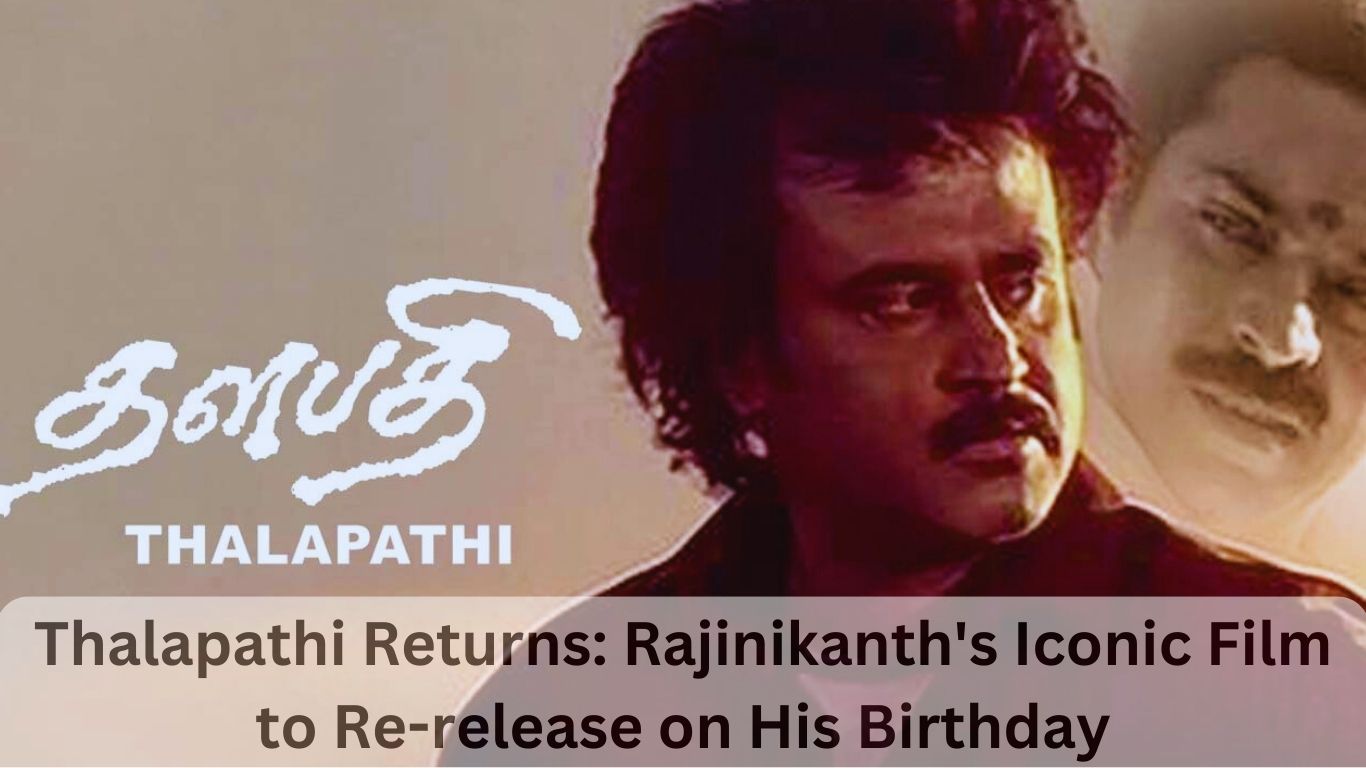In recent years, the independent film movement has experienced a remarkable resurgence, transforming the cinematic landscape into a vibrant tapestry of creativity and innovation. Gone are the days when indie films were considered niche or solely relegated to film festivals. Today, independent filmmakers are at the forefront of storytelling, shaping popular culture and challenging the status quo with diverse narratives, fresh perspectives, and unconventional techniques.
A Digital Revolution
The rise of digital technology has played a significant role in democratizing filmmaking. Once limited by the prohibitive costs of film stock and traditional production resources, aspiring filmmakers now have access to affordable, high-quality equipment and editing software. Platforms such as YouTube, Vimeo, and social media give independent creators the ability to showcase their work to a global audience without needing a major studio’s backing. This digital revolution has allowed filmmakers to experiment freely, leading to compelling stories that often resonate more deeply than mainstream offerings.
Diverse Voices and Stories
One of the most noteworthy aspects of the contemporary indie film scene is its emphasis on diversity. A new wave of filmmakers is emerging, bringing unique cultural backgrounds, experiences, and underrepresented narratives to the forefront. Films like “Moonlight,” “The Farewell,” and “Promising Young Woman” not only achieved critical acclaim but also sparked conversations around race, identity, and gender—issues often marginalized in mainstream cinema.
Independent filmmakers, empowered by the spirit of personal storytelling, are shaping their own identities and using their platforms to amplify voices that have been historically silenced. This inclusivity enriches the film landscape, allowing audiences to engage with a broader spectrum of human experiences.
Cultivating Community and Collaboration
The independent film community thrives on collaboration, drawing together artists, writers, actors, and technicians who share a vision. Crowdfunding platforms like Kickstarter and Indiegogo have revolutionized how films are financed, enabling creators to secure funding directly from supporters who believe in their projects. This direct relationship fosters a sense of community and investment in the film’s success.
Film festivals such as Sundance, Tribeca, and Slamdance have become vital hubs for independent talent, offering exposure, networking opportunities, and essential resources for filmmakers. Besides, they serve as platforms for emerging filmmakers to connect with industry veterans, allowing for fruitful collaborations and mentorship.
The Role of Streaming Services
The advent of streaming services like Netflix, Amazon Prime, and Hulu has further bolstered the independent film movement. These platforms provide an avenue for filmmakers to distribute their work to vast audiences without the gatekeeping of traditional distribution channels. Independent films that capture cultural moments or tell unique stories can find a home and an audience beyond just the arthouse circuit.
For instance, films like “The Platform,” “The Half of It,” and “His House” illustrate how streaming platforms not only celebrate creativity but also support filmmakers in reaching global viewers. The accessibility of indie films means that audiences no longer have to wait for a local theater screening; they can explore a world of independent cinema with just a few clicks.
Challenges and Future Prospects
Despite the progress, the landscape for independent filmmakers is not without its challenges. While access to technology has made filmmaking more achievable, the competition is fiercely high. Emerging filmmakers must navigate a saturated market and find ways to stand out, embracing creativity and originality as their primary tools.
Moreover, the battle for funding and distribution remains a significant hurdle. Although crowdfunding has turned many dreams into reality, a successful campaign does not guarantee critical or commercial success, and many indie projects still struggle to find suitable audiences. As the industry evolves, fostering relationships with traditional distributors while maintaining an independent spirit will be crucial for the next generation of filmmakers.
Conclusion
The rise of independent film represents a dynamic shift in how stories are told and who gets to tell them. With the increasing diversity of voices and narratives, the independent film sector is more exciting and relevant than ever. As filmmakers continue to harness the power of technology, community, and platforms, the future of independent cinema looks promising.
In this new wave of creativity, the spirit of innovation thrives, paving the way for stories that speak to our collective humanity. As audiences increasingly seek authentic and relatable experiences, independent filmmakers are well-positioned to deliver the unexpected, the profound, and the transformative. The cinematic landscape is not just evolving; it is blossoming—and independent filmmakers are at the heart of this renaissance.















